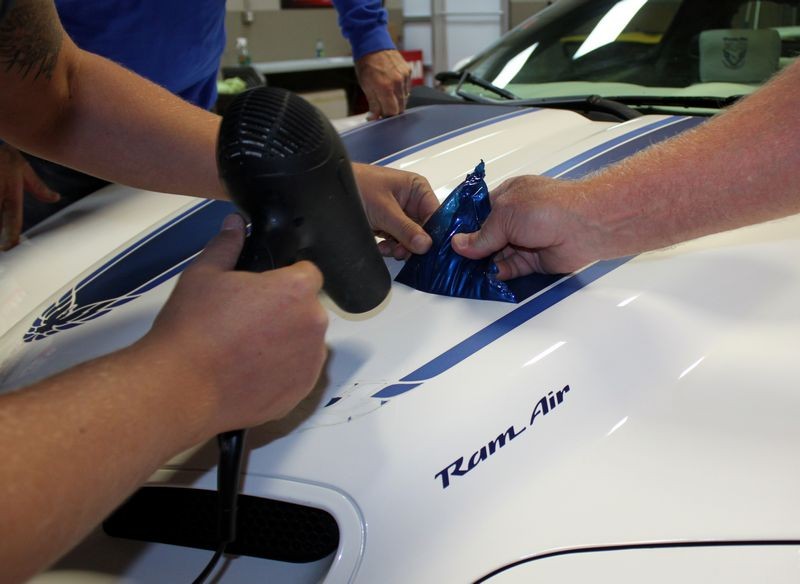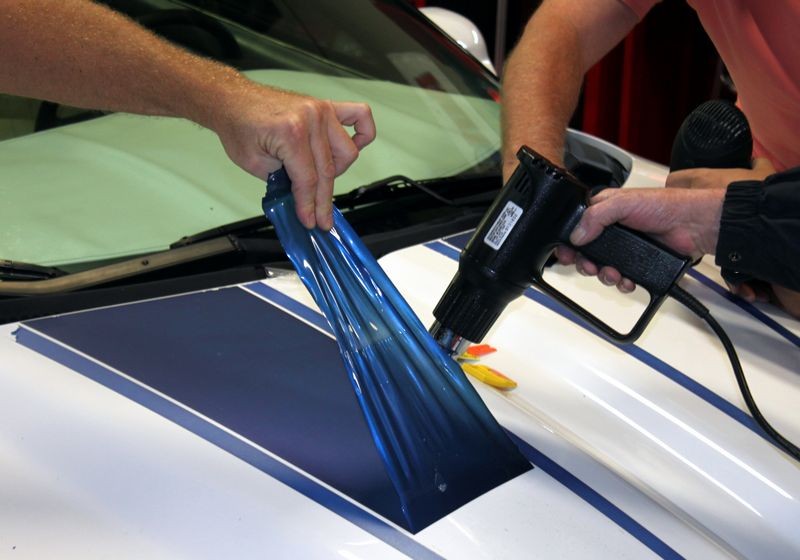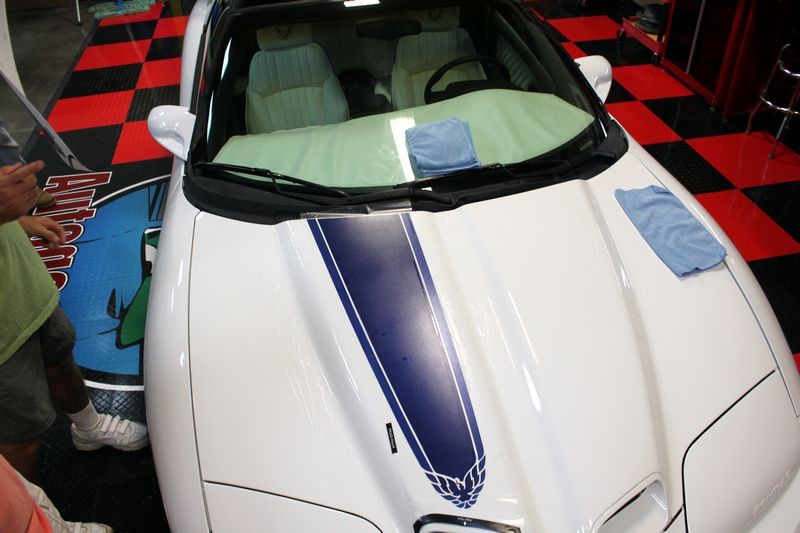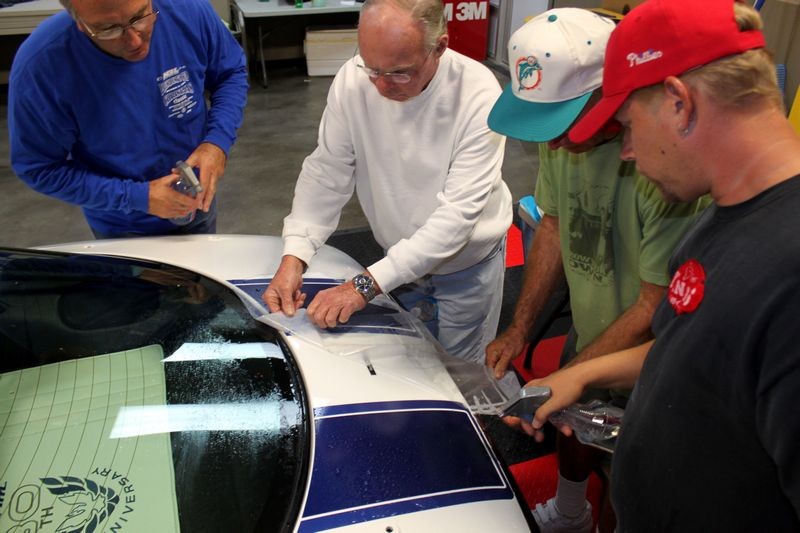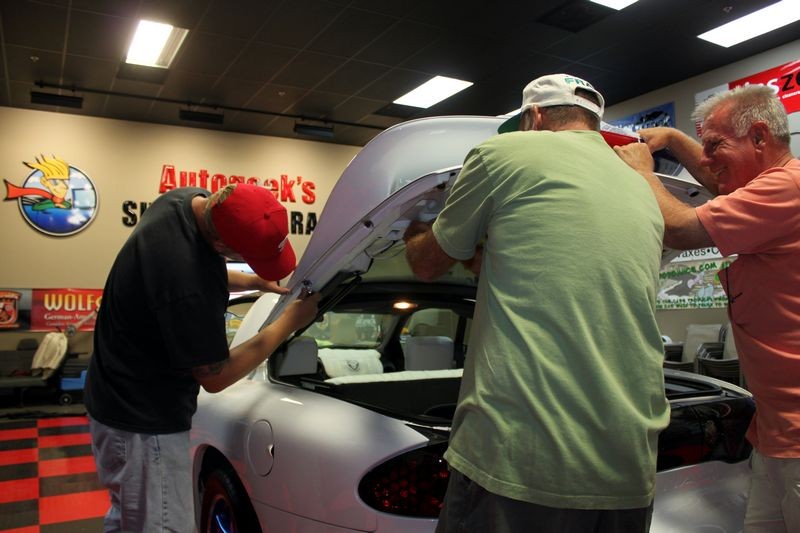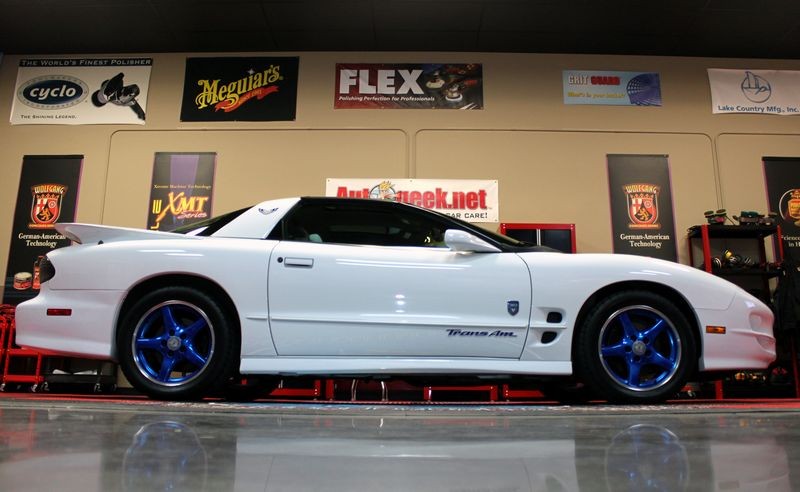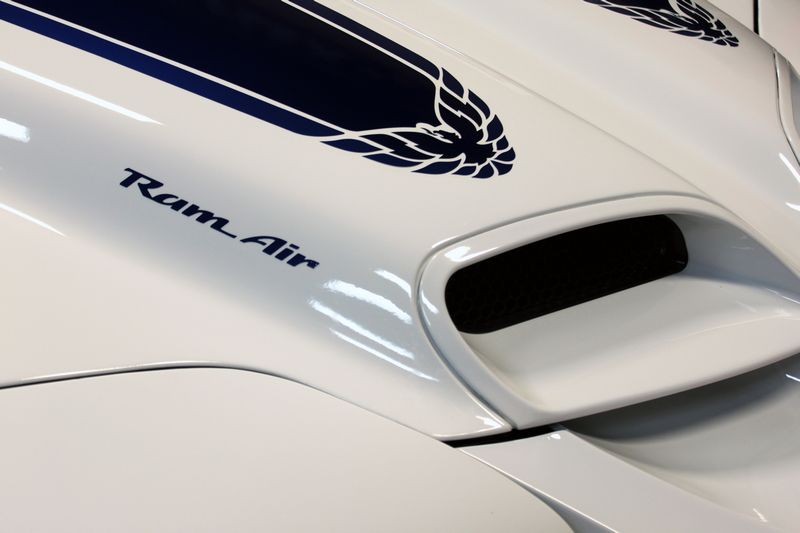Big Boi
New member
- Feb 21, 2011
- 289
- 0
I have a huge detail job on a 2004 Ford E150. The owner is a close friend of mine. But insists on paying me top dollar!
He had some vinyl lettering installed some years ago. And its time for an update with a new logo. Ive started to remove most of the driver side lettering, using a combination of Pro Goof Off, Heat gun, plastic straight edged razor blades, eraser wheel, and a Harbor Freight "Decal Remover." Which is just a cheap soldering iron with a straight edge razor on the end.
The eraser wheel kicked butt on the top layer of vinyl. But the "Shadow" vinyl isnt budging as easy. Ive done it in direct sunlight/mid day... "No so ez..." :buffing:
Any tip or tricks out there to aid in this job?
Here's my To Do List:
UC, 205, NXT 2.0, M26 or MUW
Clean eninge
Interior detail
Remove front and rear bumpers and repaint (no body work)
Paint wheel hubs
Replace headlamp assemblies
Replace turn signal lens
Oil Change
Remove Vinyl lettering from both sides
He had some vinyl lettering installed some years ago. And its time for an update with a new logo. Ive started to remove most of the driver side lettering, using a combination of Pro Goof Off, Heat gun, plastic straight edged razor blades, eraser wheel, and a Harbor Freight "Decal Remover." Which is just a cheap soldering iron with a straight edge razor on the end.
The eraser wheel kicked butt on the top layer of vinyl. But the "Shadow" vinyl isnt budging as easy. Ive done it in direct sunlight/mid day... "No so ez..." :buffing:
Any tip or tricks out there to aid in this job?
Here's my To Do List:
UC, 205, NXT 2.0, M26 or MUW
Clean eninge
Interior detail
Remove front and rear bumpers and repaint (no body work)
Paint wheel hubs
Replace headlamp assemblies
Replace turn signal lens
Oil Change
Remove Vinyl lettering from both sides






